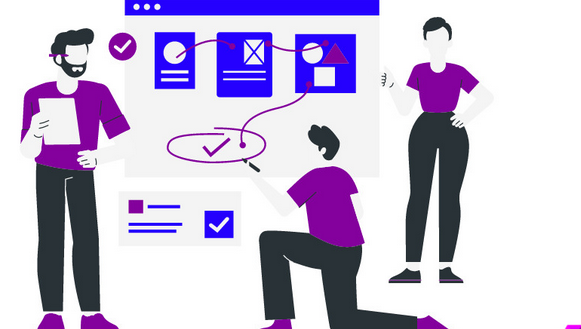Prototyping is an important phase of product or service development. It’s the entire process of building a preliminary model, or prototype, of a product or service to examine and perfect it before you make the ultimate product. Prototyping is undoubtedly an iterative method that allows you to improve your layout and establish flaws earlier, saving you expensive faults and production setbacks down the line. Even so, setting up a prototype may be expensive, time-eating, and nerve-racking for beginners. In the following paragraphs, we are going to direct you through the entire process of manufacturing a prototype, like the resources and prototype website sources you want, how to purchase a prototyping strategy, and tips for making a profitable prototype.
1. Prepare your style – Prior to starting prototyping, it’s essential to have a sound idea of your product’s style. You could make your merchandise design by using 3D modeling computer software, that may match the prototype’s look and figure out its functionality. After your design is complete, you could deliver your design and style for cooperation and responses to your staff employing on the internet tools, making operate much easier.
2. Select a prototyping strategy – There are several prototyping methods available, like speedy prototyping, subtractive prototyping, and additive prototyping. Every single technique has its weaknesses and strengths, so you should consider which one matches your needs. 3 dimensional publishing is an excellent selection for small and complex things, but it might not be cost-effective for greater things. CNC machining can certainly produce a far more significant prototype, but it may be relatively high-priced. Assessing each and every method’s benefits and drawbacks can help you make a knowledgeable choice.
3. Choosing the right materials – Materials will be the essential aspects of a prototype, and for that reason, you should pick the best materials for your personal product or service. A vast array of components are available, such as ABS, PLA, nylon material, and versatile filaments, to name a few. Each and every material’s attributes vary, which means that every merchandise could have unique demands. You have to choose the appropriate fabric based on qualities including toughness, solidity, and adaptability.
4. Publishing the prototype – Once you have each of the needed design elements and supplies, you can start working on stamping the prototype. If you’re concentrating on a tiny object, you can think about employing 3 dimensional publishing however, for larger sized goods, you may want to use accessible equipment for CNC machining. No matter that you pick of method, it’s important to concentrate on the generating process’s particulars. Make certain each and every aspect of your prototype are made in more detail, and take the time to execute quality assessments in order to avoid any defects or issues.
5. Refine and Check – You should refine and try out your prototype to determine disorders and maximize the design and style. When you’ve tested the prototype, make adjustments and refine the look as essential, printing a brand new prototype to test once more. The iteration method is very important, and it will carry on till you are happy with your prototype.
Simply speaking
Setting up a prototype takes time, work, and determination. It’s a necessary part in the merchandise growth method, allowing you to refine your merchandise well before moving on to final creation. Be sure you consider your design, select the right strategy, pick the right material, and try out your prototype to make certain that it is actually feasible. Even though the method might seem frustrating in the beginning, pursuing our information like a rookie will enable you to produce an effective prototype.
